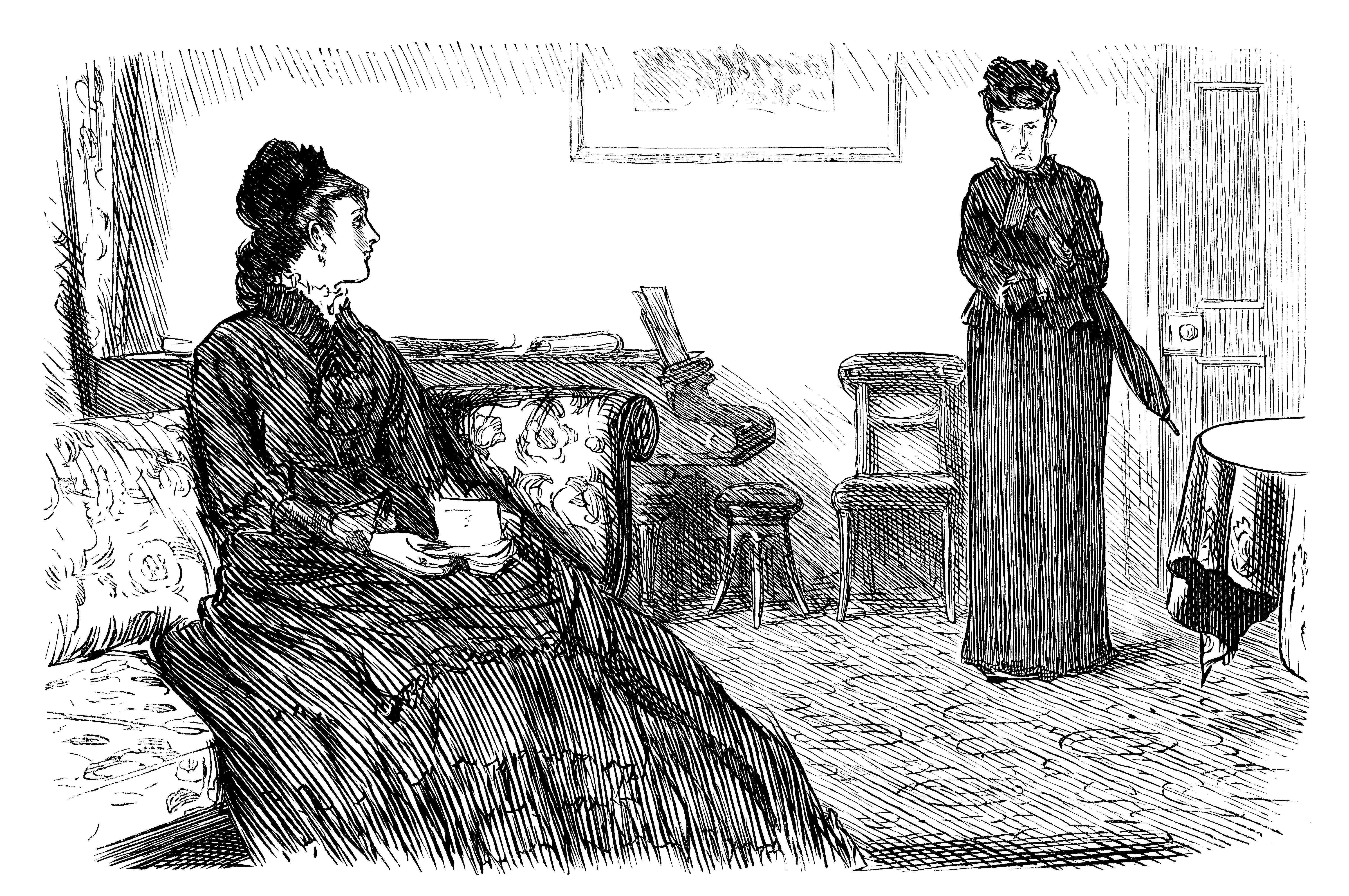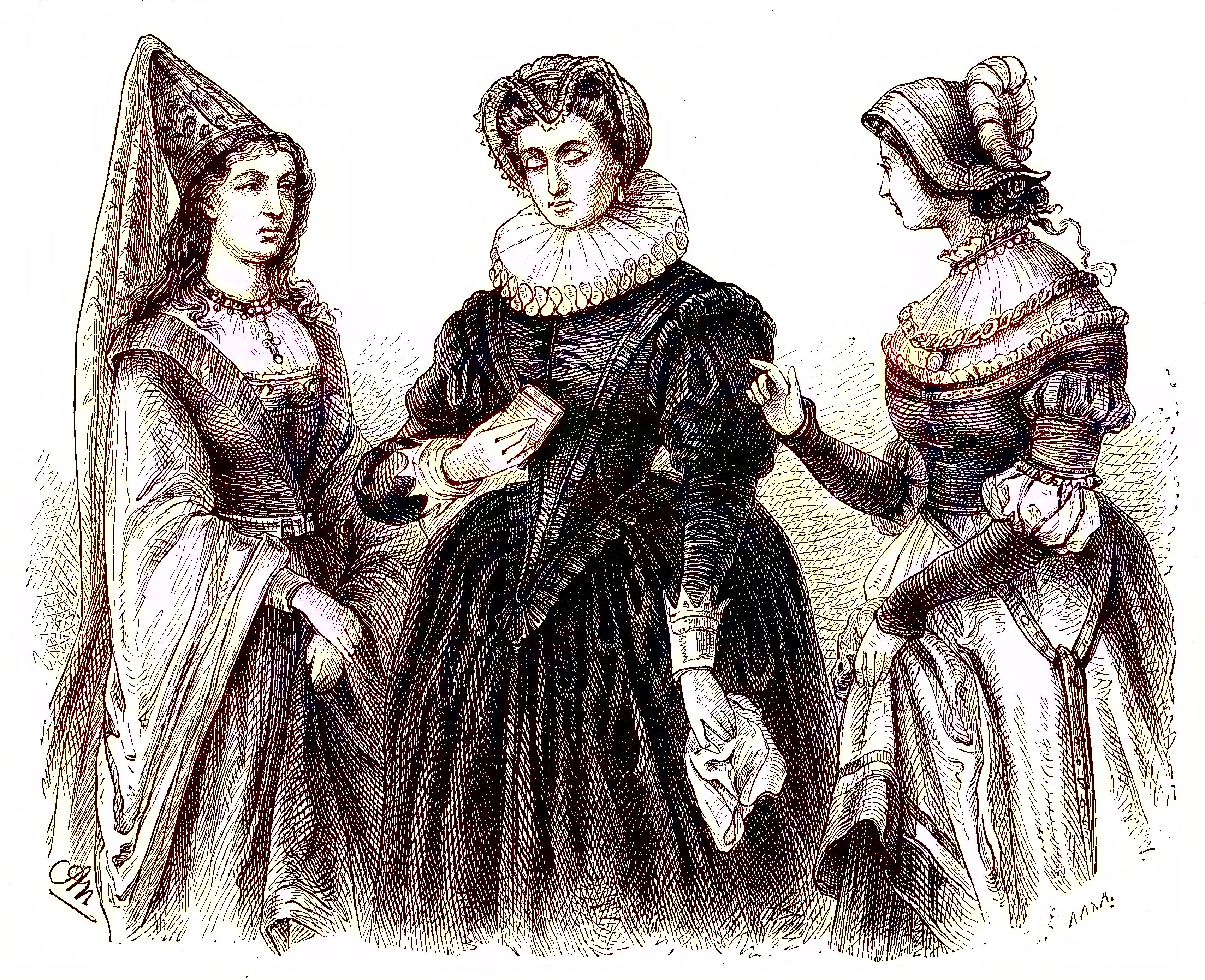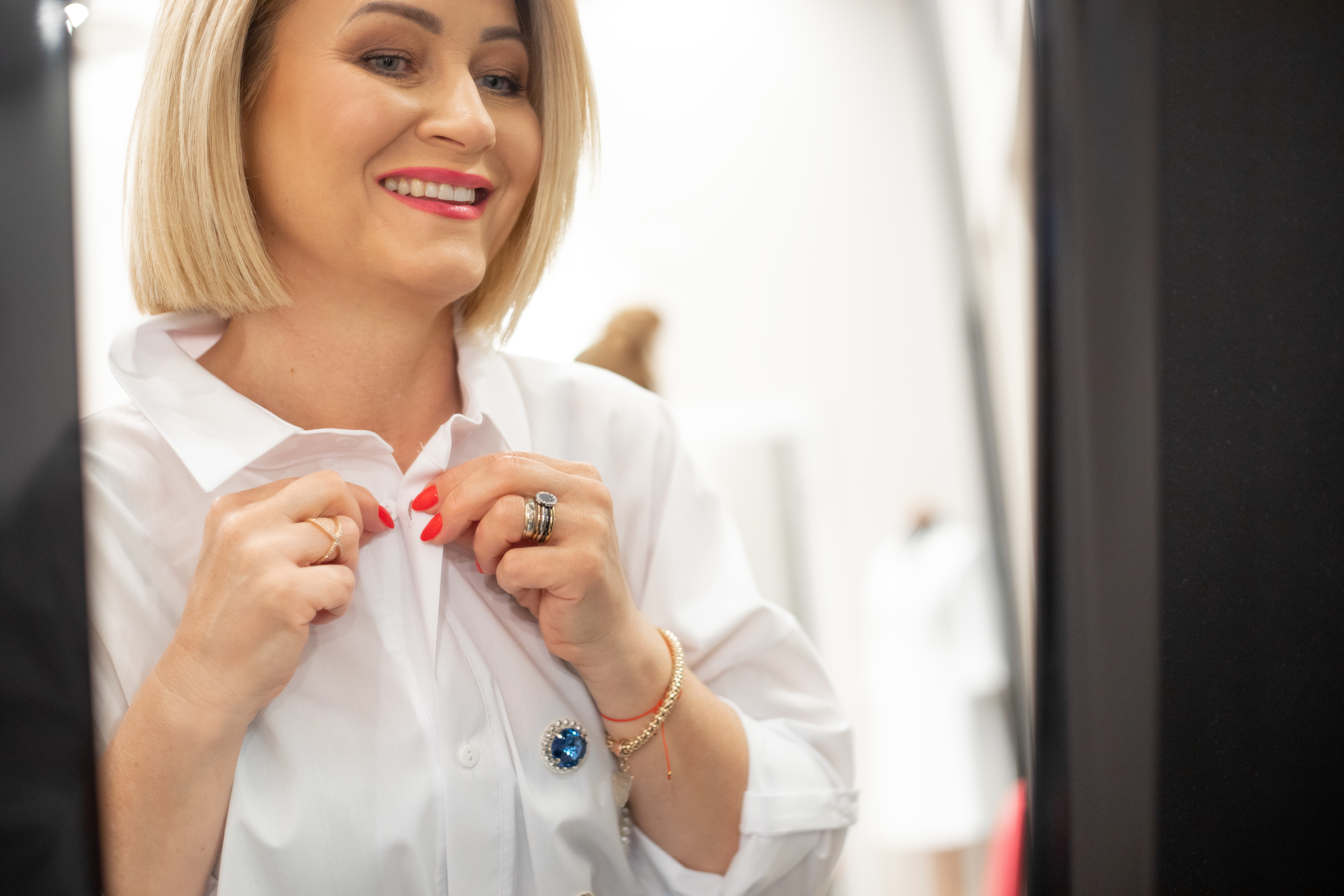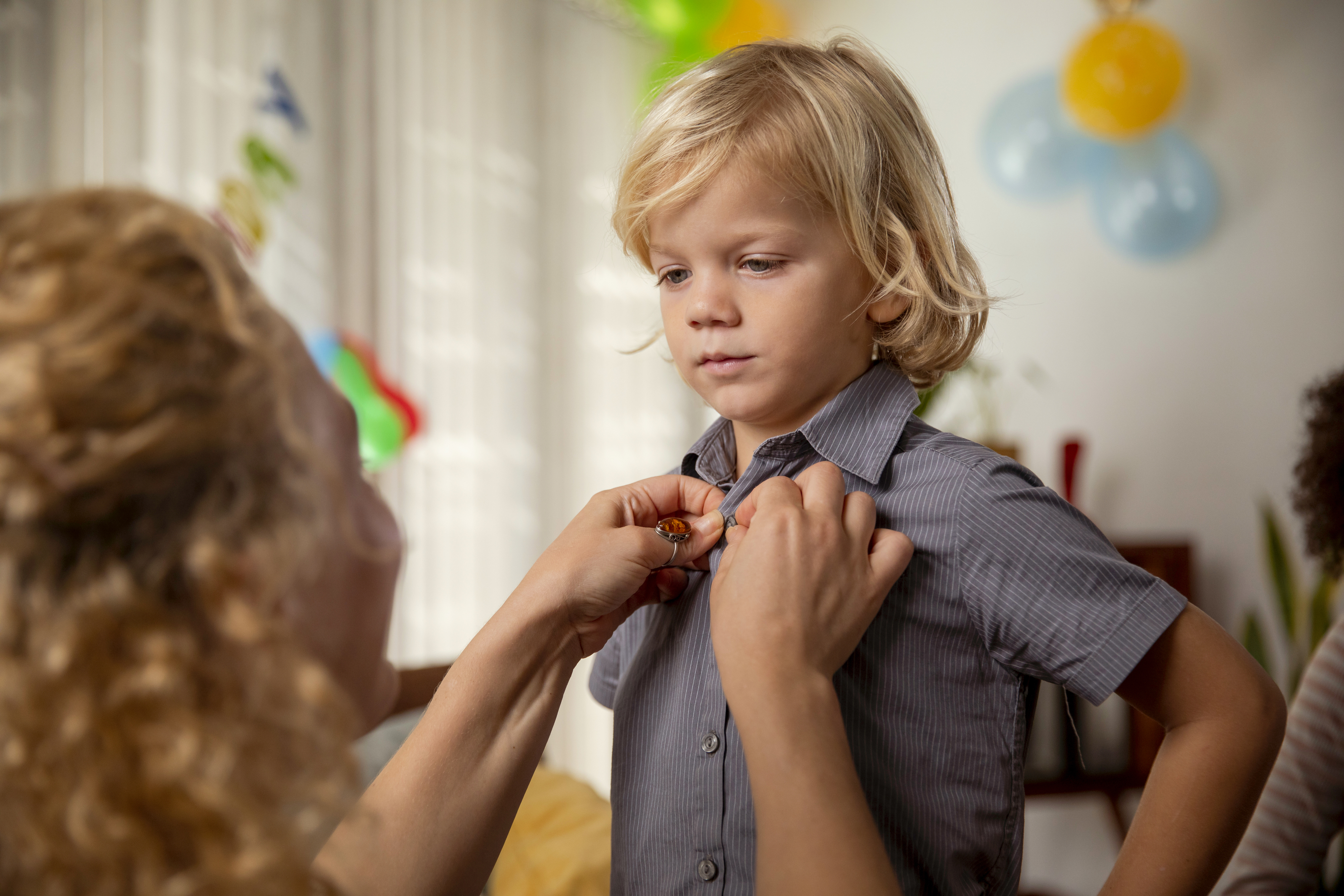possess apparel with buttons , at least when they were first invented , was a sign of wealth .
Have you ever tire out a push button - up shirt intend for another grammatical gender , and marvel why your finger scramble with the buttons ? It ’s because men ’s and woman ’s shirt are buttoned on opposite sides . But why ?
Since clip immemorial , homo ’s shirt button have been sewn onto the good side of the shirt ’s placket , while womanhood ’s push button are on the left hand .

Interestingly enough , despite the fact that buttons have remained unchanged for what amounts to 100 , there is n’t a single officially documented intellect why each gender has its own button orientation . But experts in way history may have narrow down down the answer .
Buttons as a sign of affluence
According to theEncyclopedia Brittanica , buttonhole were formulate in the thirteenth century and , by the 14th century , indirectly relayed the social position of the wearer .
“ The wearing of gold , ash grey , and ivory button was an indication of riches and rank , ” the publishing cites .
According to Natalie Hicks , a architect at dress manufacturer companyOur Visn , “ As a style and design element , as opposed to operate , button were reserved for moneyed woman who want to embellish their luxurious textiles with [ items ] made of pearls and precious stones , ” while others opt for “ apron - like adventitia ” or “ debile shift ” that could just be slid on as opposed to be buttoned up .

What ’s to report for the difference between which side of the garment the clitoris is fastened ? The experts we utter with theorize that it ’s likely related to a person ’s social standing , specifically when it come to women .
“ Back in the day , dressing up was a freehanded trade , especially if you were wealthy , ” explainedScott Liebenberg , the CEO of Tapered Menswear . “ Ladies often had maids to help them plume , so having button on the left made it easier for a right - handed assistant . ”
human beings , on the other hand , mostly dress themselves , say Liebenberg , and have got the buttons on the right field made it generally easier to do so .

Hicks gibe with this theory : “ stately women wore arduous textiles and gowns could have up to six level , so they would have a servant or attender attend to them into their multilayered garment of petticoat , bustles , a corset , and other undergarments , ” she explain . “ Buttons were therefore put in in the opposite guidance of what was standard for men ’s clothing as the co-occurrence would stand in front of her kept woman and quickly dress or undress her . ”
To put it simply , owning dress with buttons , at least when they were first invent , was a sign of wealth . For char in specific , that wealth also accounted for the ability to hire servants who could help them get coiffure each morning .
As a solvent , many button - featuring garments were constructed with the studhorse on the left side of the garment , so that the ( mostly ) right - handed maidservant could more easily opened and button up the clothes .

Why haven’t things changed since the 14th century?
Today , the presence of button on any piece of wearable does n’t moderate to any assumptions about the wearer ’s possible richness ( thetypeof material used to create the push , on the other hired man , might still go to similar conversation , but that ’s a topic for another metre ) .
Given commercialisation and the relative ease necessitate in producing the object , in fact , buttons are just about everywhere in 2024 .
What are less common , if not downright absent , though , are the sort of handmaidens that clothing designers were take in into chronicle when design garment in the past . Why , then , are buttons still lined up otherwise for Man and women ?

“ In the 19th century buttons were incorporated more in everyday womanhood ’s clothing due to cash advance in stitching technology , ” Hicks explained . “ The difference in location between menswear and womenswear is basically a holdover from the 13th 100 that has never been correct . Designers are creating unexampled looks [ found ] on old patterns . ”
The estimate that the past informs the present tense despite the lack of useable demand come across with Liebenberg , as well . “ There ’s no concrete grounds as to why [ this is still the case ] , ” he said , before theorizing that manner ’s reliance on custom might be one of the culprits .
“ Once a particular dash or lineament becomes standardized , it tends to continue , ” he noted . “ Although style evolve , the general patterns stay the same . ”
According to Liebenberg , manufacturing criterion may also be at fault . “ I ’m sure there are other ways to tell the difference [ man ’s and women ’s garments ] but when the shirt placket is attached separately on the garment , it may be easier for the meeting place line to empathize what form of shirt it is , ” he tell . “ It could just be about streamlining procedure up until the modern day . ”
Whatever the reason may be , there ’s one matter fashion experts concur on : the position of the buttons does n’t seem to determine the way people determine to dress .
“ I do n’t think most multitude know that button steering is an indicant of gendered clothing , ” Hicks said . “ Yes , it may be uncanny button a shirt in the opposite direction of what you ’re used to , but I think most people just chalk it up to a decision made by the graphic designer . ”
Although Liebenberg agrees ( “ most of us do n’t waken up thinking about which side our shirt button on , ” he noted ) , he ’d like to go a pace further , specifically proving how style trends may desire to acquire with clip .
“ I retrieve it ’s authoritative to question traditions , ” he say . “ Why not mix it up and make clothes that finger veracious for everyone , regardless of which paw they employ to button up in the morning?”This office originally appeared onHuffPost .